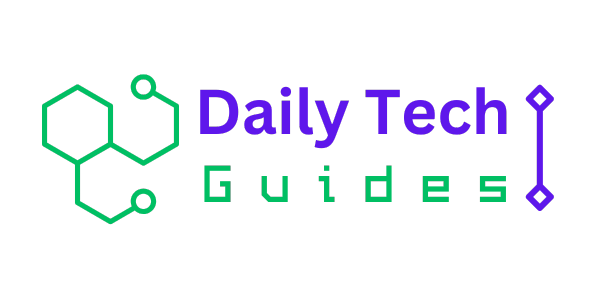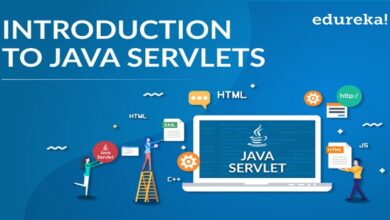
Organization
The Internet Encyclopedia is organized to provide maximum ease of use for its readers. All of the chapters are arranged in alphabetical sequence by title. Chapters titles that begin with the letters A to F are in Volume 1, from G to O are in Volume 2, and chapter titles from P to Z are in Volume 3. So that they can be easily located, chapter titles generally begin with the keyword or phrase indicating the topic, with any descriptive terms following. For example, “Virtual Reality on the Internet.
Table of Contents
A complete table of contents for the entire encyclopedia appears in the front of each volume. This list of titles represents topics that have been carefully selected by the editor-in-chief, Dr. Hossein Bidgoli, and his colleagues on the Editorial Board. Following this list of chapters by title is a second complete list, in which the chapters are grouped according to the subject area. The encyclopedia provides coverage of 11 specific subject areas, such as E-commerce and Supply Chain Management. Please see the Preface for a more detailed description of these subject areas.
Index
The Subject Index is located at the end of Volume 3. This index is the most convenient way to locate a desired topic within the encyclopedia. The subjects in the index are listed alphabetically and indicate the volume and page number where information on this topic can be found
Outline
Each chapter begins with an outline indicating the content to come. This outline provides a brief overview of the chapter so that the reader can get a sense of the information contained there without having to leaf through the pages. It also serves to highlight important subtopics that will be discussed within the chapter. For example, the chapter “Computer Literacy” includes sections entitled Defining a Computer, Categories of Computers According to Their Power, and Classes of Data Processing Systems.
Glossary
The glossary contains terms that are important to an understanding of the chapter and that may be unfamiliar to the reader. Each term is defined in the context of the particular chapter in which it is used. Thus the same term may be defined in two or more chapters with the detail of the definition varying slightly from one to another. The encyclopedia includes approximately 2,500 glossary terms For example, the article “Computer Literacy” includes the following glossary entries: Computer A machine that accepts data as input, processes the data without human interference using a set of stored instructions and outputs information.
Instructions are step-by-step directions given to a computer for performing specific tasks. Computer generations Different classes of computer technology are identified by a distinct architecture and technology; the first generation was vacuum tubes, the second transistors, the third was integrated circuits, the fourth was very-large-scale integration, and the fifth was gallium arsenide and parallel processing.
Conclusion
The conclusion section provides a summary of the materials discussed. This section imparts to the readers the most important issues and concepts discussed.





